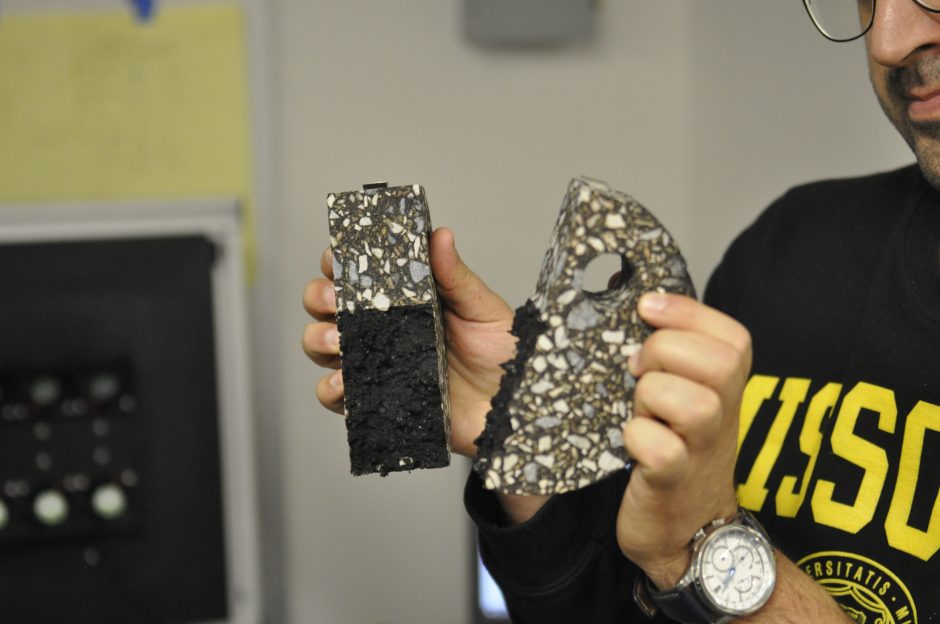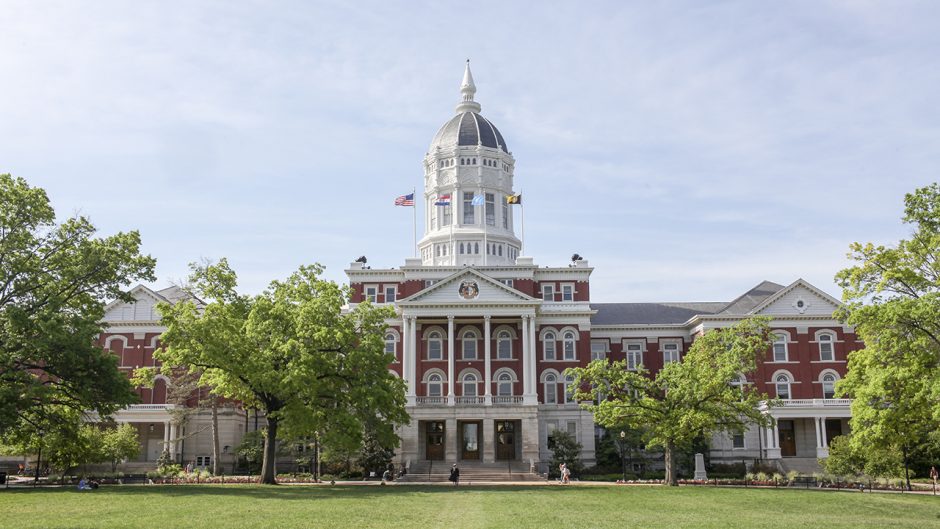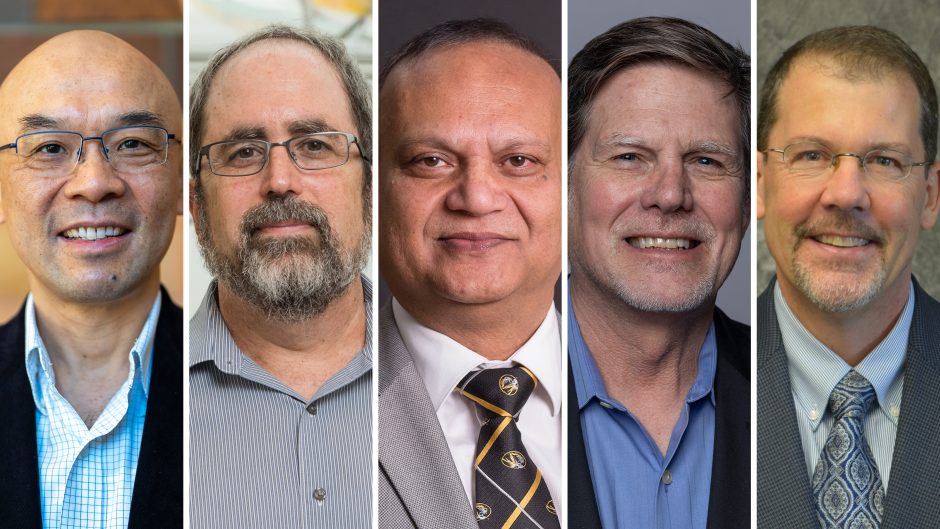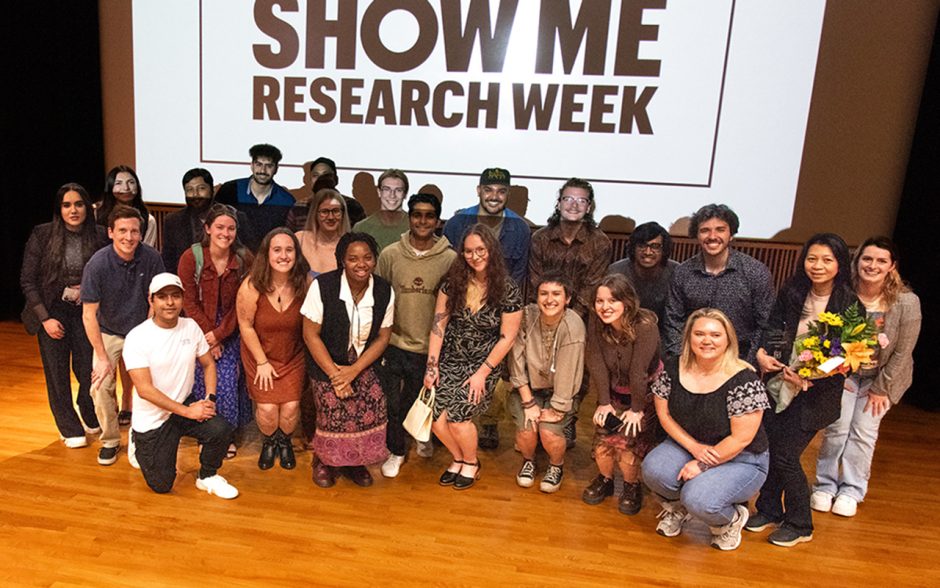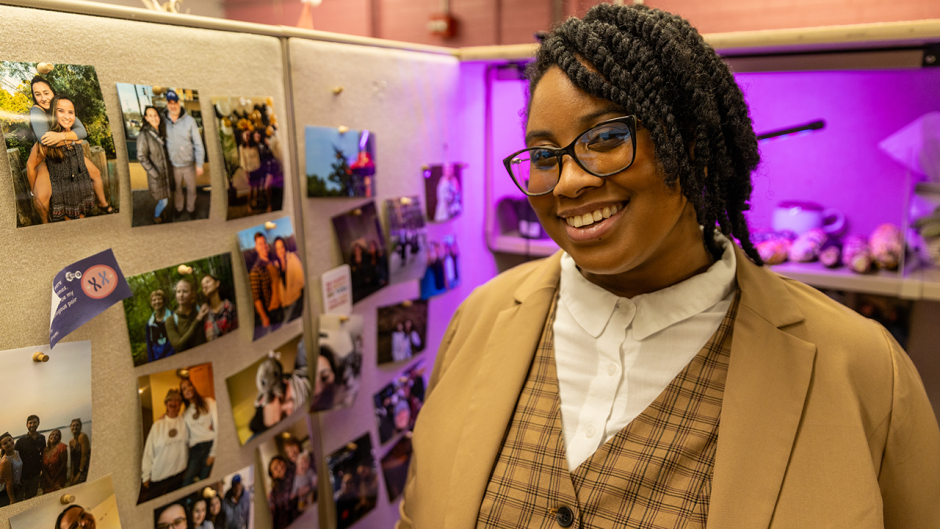Dec. 17, 2019
Contact: Eric Stann, 573-882-3346, StannE@missouri.edu
Thousands of miles of roads and bridges continue to age across Missouri, and policy makers are looking for answers to the crumbling infrastructure. In his lab at the University of Missouri, engineer Bill Buttlar has been researching how to build better roads and stronger bridges. Now, after decades of research, Buttlar will direct a new collaboration with the state that could impact millions of drivers when the rubber meets the road.
“The transportation networks in Missouri, along with the rest of the U.S., are over 100 years old,” Buttlar said. “Modes of transportation have changed significantly since these networks were constructed, and as we look into the next century, our focus must include environmental sustainability, real time monitoring and resiliency to severe storms, earthquakes and terrorist attacks. We must utilize all of the resources at our disposal — such as virtual and augmented reality and embedded sensors in pavement material — to respond more quickly and decisively to the needs of our aging transportation networks.”
Buttlar has a proven resume finding answers for the safest road trips. Buttlar, the Glen Barton Chair in Flexible Pavements at the College of Engineering, is a nationally respected asphalt pavement technology expert who joined Mizzou’s faculty in 2016 after two decades at the University of Illinois. Along the way, he has published more than 300 scholarly articles, which have garnered nearly 7,000 citations.
“We take our responsibility to serve society very seriously as Missouri’s flagship university and one of America’s leading research universities,” MU Chancellor Alexander N. Cartwright said. “I am proud of the work our faculty, staff and students who tackle grand challenges – such as our state’s infrastructure needs – through collaboration, showing why we are not only the University of Missouri, but the University for Missouri.”
Breaking roads in the interest of science
Buttlar, his students and staff break roads for science. Inside the Mizzou Asphalt Pavement and Innovation Laboratory, which Buttlar oversees, the smell of freshly poured asphalt inside this state-of-the-art facility is a sign that researchers are creating innovative ways to solve road-surface problems. Once a pavement sample has been mixed, heated, cooled and hardened into a solid material, the fun begins — introducing a crack into the material to observe its structural integrity.
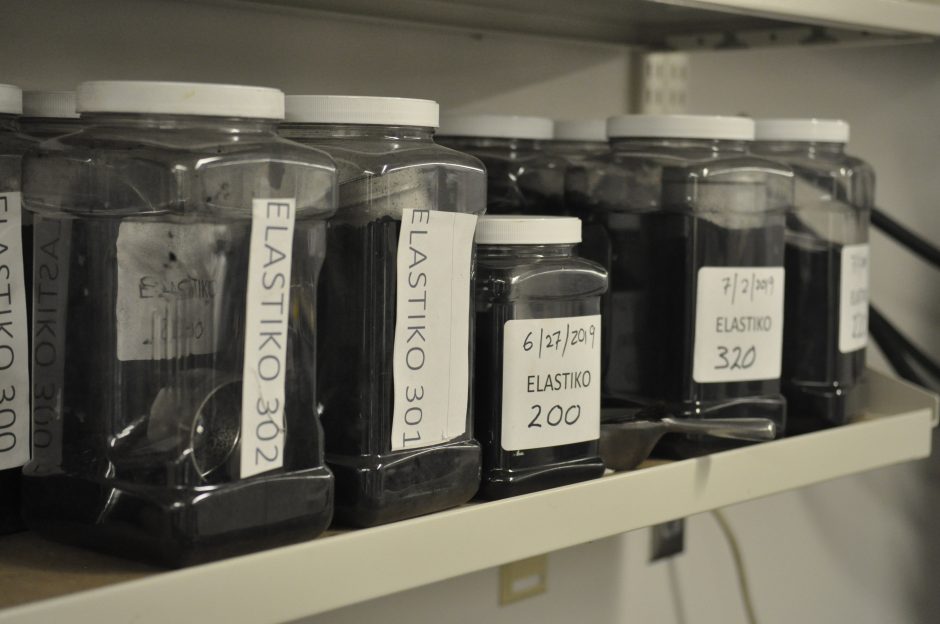
Pavement mixtures, such as recycled tire rubber, are used to create innovative ways to solve road-surface problems.
The lab — doubling as an instructional space — houses the latest in transportation surface technology, such as asphalt binders — different materials that help with maintaining the sustainability of road surfaces — and a combination of modeling, design, field testing and in-lab analyses to assist engineers in developing creative solutions to road surface problems. The lab can also conduct pavement mixture testing in support of local, state and federal agencies, including testing materials for cracking, fracturing and moisture susceptibility.
“We are now looking at materials such as recycled products to make asphalt more sustainable, and nowadays this includes recycled tire rubber and waste plastic,” Buttlar said. “With the Missouri Center for Transportation Innovation, we will be able to take our lab results and apply them in a real world environment, including a test road. This will help us become a megaphone for Missouri as a leader in worldwide transportation innovation.”


